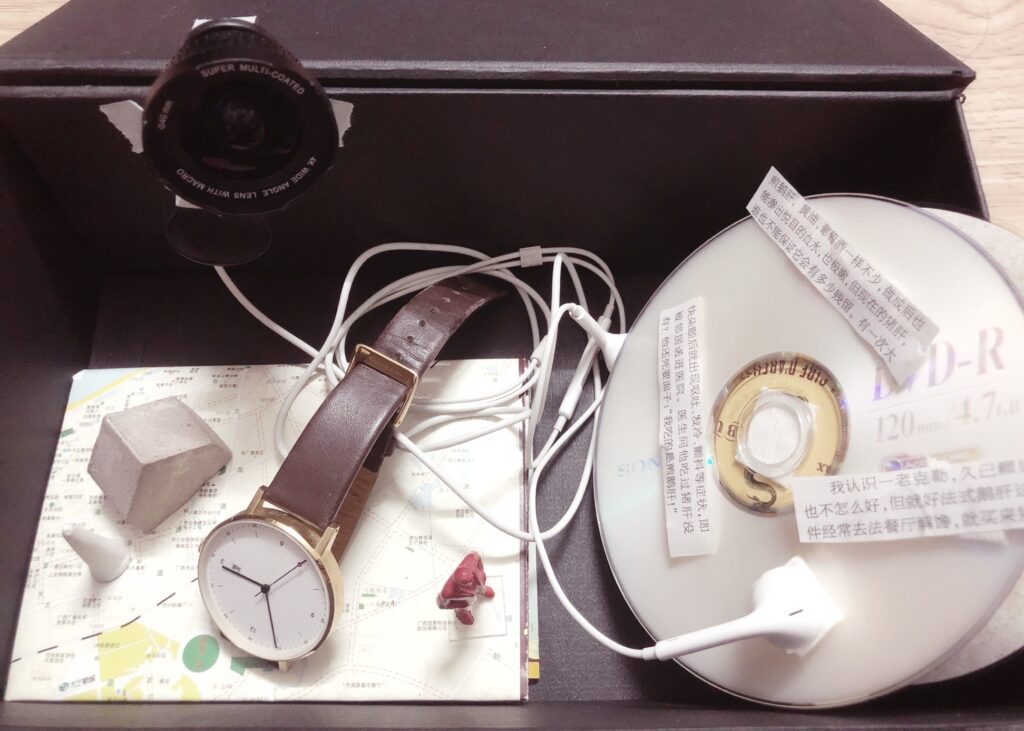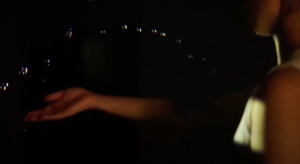Week 2 and 3 Exploration
Topic 1, How to create a street exploring interaction for better connecting ordinary people’s story and people who are curious about it.
I invited my friends to take some videos both unconsciously and consciously as they walked on the street. I tried to understand what might people find when they were required to walking on the familiar street with a task or without a task, and what they will feel. ( I don’t get much from this experiment, the reason could be the task or question was not that meaningful or a wrong question.)
I realized a very basic common sense from my friend’s answer and video. Most of the time, people only take the initiative to observe the environment around them when they are traveling, and it is easier to concentrate or to be curious in an unfamiliar place. However, people will walk unconsciously without much curiosity, when they are walking down a familiar street. After assigning the request of finding a place attractive to you, they became more aware of their environment and were more likely to spot things they wouldn’t normally notice.
I also asked friends, who like to walk around the city, what they like to go to and explore. For an outsider to a city, how to know the local residents, understand the city’s culture and life are equally fascinating. They like to learn about the lives of those who live in places that have not been changed by urban development. Some of their unique living behaviors reflect their beliefs, and their creativity, such as a portable flowerpot trailer for better sunlight exposure.
The pattern of the case study I explore of Week 1:
Sending out a task that causes the public to take an (observational) interest in a (street/city) place, take action, and get ( joyful, stressful) emotional feedback.
New inspiration: VoiceOver Finsbury Park, how simple interaction and behavior could connect people who never talk to each other in the same community.

Beyond this case study, I want my project could extend the connection to the street experience, not just the internal part of the community.
Meanwhile, for the sensorial part, I also find some inspiration projects, call T(here) Chair. It explores ways of feeling connected across distances through the everyday object of a kitchen chair. I like the remote companionship this project created, and I want my project could embed this type of sensorial interaction. Perhaps light is a better medium.
When I explore cities, I often find that there are walls that prevent me from exploring further. Sometimes it’s the walls of physical space that keep out the curious parts of me, and sometimes it’s people’s distrust that keeps me from stepping into their territory and talking. So I hope to create some object/interaction installed on the wall but it dissolves the wall. The first design idea that I have is a “Story collecting Object”, it might be a radio (voice device) install on the wall, When people walk by, change or reaction will be triggered, and attract people’s attention. It welcomes people to leave messages/questions or listen to the story of this area.
I also get very useful cast study from my study group:
#1 People can volunteer to hold interviews and invite people they are curious about in the community.
#2 How to create a surprising interactive experience on the street

2nd idea, the Draft scheme, sounds not too interesting. Periscope, which allows people to see different neighborhoods. When they control the local periscope, they will see another location through space, either in real-time or at different times. When the associated periscope is in use, it will send an interactive reminder of a remote companion, thus initiating communication and communication.

Topic 2, Fantasy
Before I join IMA, I really like two projects, the first one is Rain Room and the other one is a water sculpture made by water drop to shape 3D objects. Both of these two projects create invisible, negative space for participators to experience.
When I was exploring the invisible part of the city, I also became interested in the topic of invisible and Fantasy, which bring me back to my previous favorite projects. (Rain room).
I start to wonder how can people’s vision be manipulated by new media to produce fantasy and even affect the mind (self-healing); What would it look light when the fantasy is created by water and light? How interaction could shape the result and feel? (How will contextual awareness and calming techniques change the interaction?) They may be symbolic, or visually stimulating.
New inspiration: Drop

Domain XX, 2001

I hope to create a tension that shows people the fantasy and make them reflect about (visible and invisible, Manipulation and self-control).
(I haven’t made a box for this theme yet).
Related Posts
Leave a Reply Cancel reply
You must be logged in to post a comment.
Kat Sullivan
Adam Colestock
Helen (Chenuan) Wu
Christina Lan
Dorian Janezic
George Faya
Julia Myers
Kelsie Smith
Michael Morran
Po-Wen Shih
Liu Siyan
Fisher Yu
—
Craig Protzel
Christopher Wray
Haoqi Xia
Hayden Carey
Katherine Nicoleta Helén
Maria Maciak
Parisa Shemshaki
Sakar Pudasaini
Skyler Pierce
Steven Doughty
Yiqi Wang
—
Andrew Lazarow
Benoit Belsot
Enrique García Alcalá
Hongyi Zhang
Jay Mollica
Li Shu
Teddy (Jian) Guo
Monika Lin
Wenye Xie
Yiru Lu
